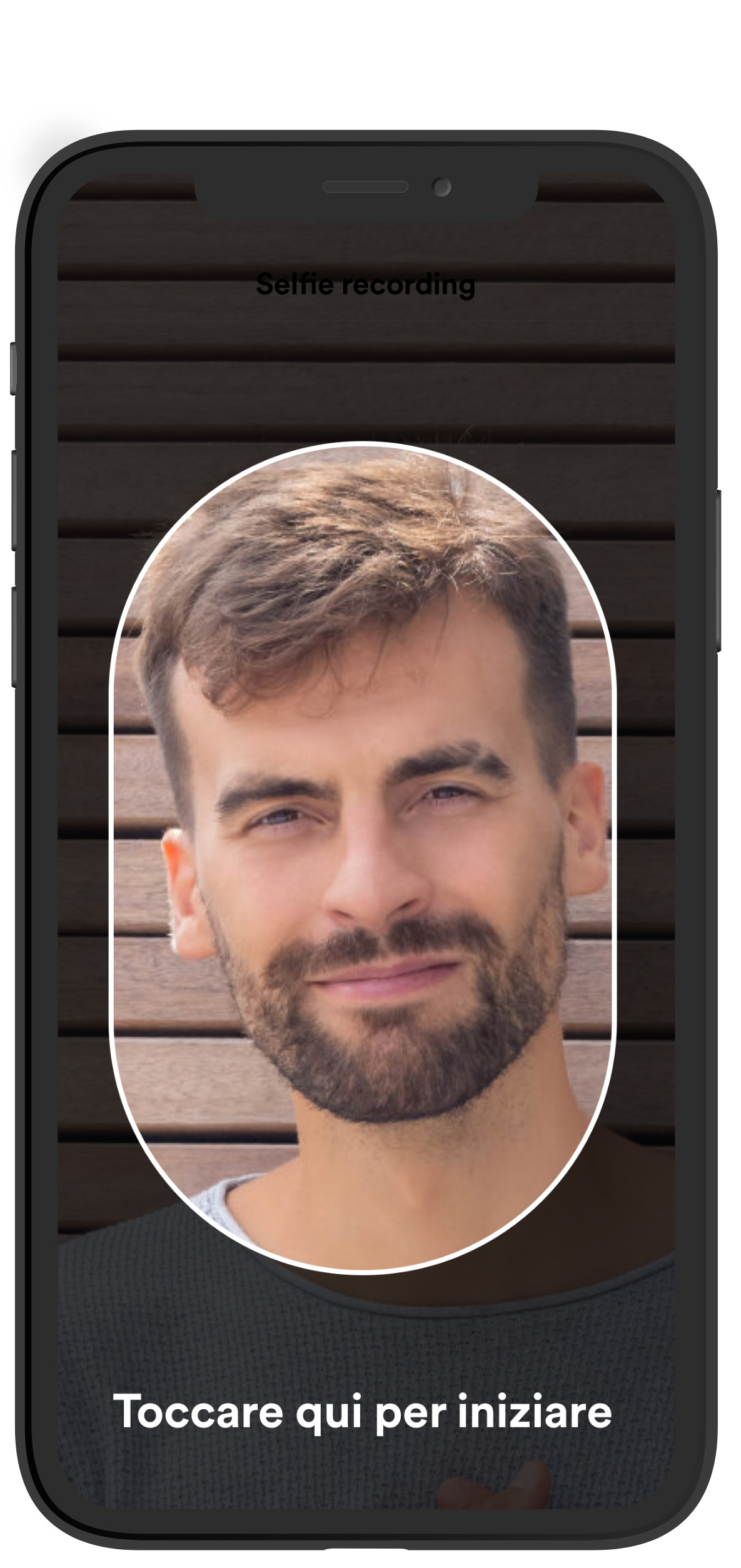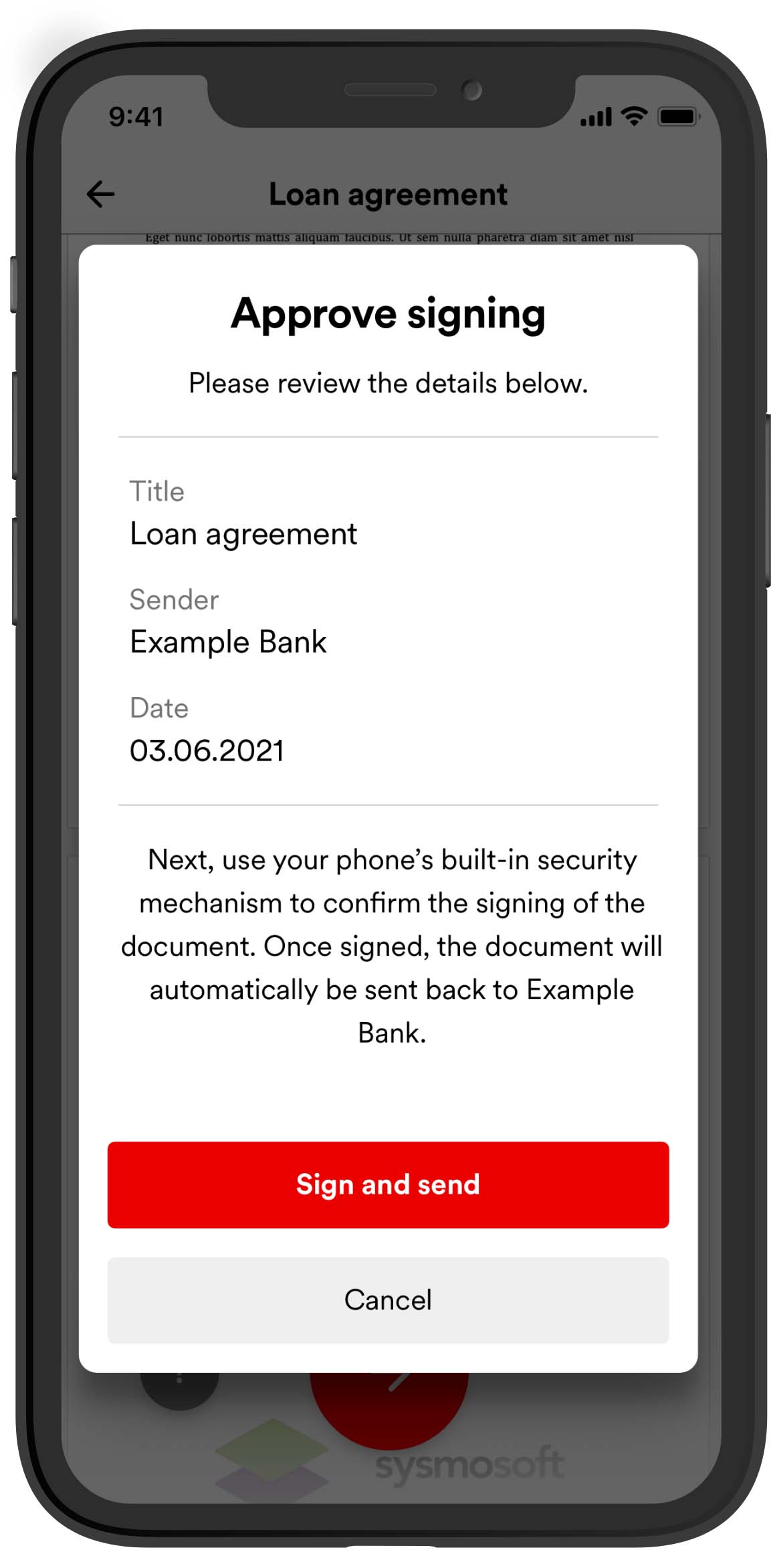Area principale
Interview about the online identification
(Disponibile solo in inglese)
13 april 2022
Switzerland is now also allowing online identification, so personal identification on site is becoming a thing of the past. This means that documents can be signed immediately, as part of an entirely digital process and without any media discontinuity. The entire process is child’s play using the SwissID App.
Tobias Bertschi, Online Onboarding Product Manager, explains the new identification process in an interview.
What exactly is new about this online identification? We’ve already had so-called video identification procedures, such as for opening a bank account.
Not all types of online identification are the same. In commonly used video identification procedures like those offered by banks today, you still need to arrange an appointment in some cases, because the verification is performed virtually by a real person. Also, this verification is only valid for the bank in question and cannot be used for all banks.
Online identification as a prerequisite for electronic signatures, like that offered by SwissSign, can be performed online at any time or location, without needing to make an appointment. The procedure with SwissID Sign involves the person to be identified scanning a passport using the SwissID App and then taking a video selfie. This process only needs performing once before the first signature and, as opposed to common video identification, is valid and usable universally afterwards.
However, going back to the original question about what’s new: up to now, there has been no corresponding legal basis for online identification.
Why is identification necessary anyway in order for me to be able to provide an electronic signature?
According to the Swiss Federal Act on Digital Signatures (Schweizer Signaturgesetz), a qualified digital signature is only legally valid, in other words equivalent to a handwritten signature, if it’s linked to a certified digital identi-ty. And for that, identification is required beforehand. This is precisely what SwissSign offers.
Can’t I simply scan my handwritten signature and paste it into a document?
A scanned signature is nothing more than a visual element. But it’s not equivalent to a handwritten signature and therefore has very little probative force in a court of law. This differs from a qualified electronic signature (QES), which corresponds to a handwritten signature pursuant to Art. 14 para. 2bis Swiss Code of Obligations (OR) and is linked to a digital certificate.
SwissSign has already offered online identification via its SwissID App. What is now different about this proce-dure?
The new online identification process is based on even stricter security standards. With the new procedure, the certificate in the passport is checked. This ensures that it’s an original document issued by an official authority. Also, this new type of process is certified in accordance with the Swiss Federal Act on Digital Signatures. However, the handling of the identification is very similar in both the old and new procedures. The user is asked to have a passport ready and is then guided through the process step by step in the SwissID App.

Digital signatures aren’t really anything new, but they still aren’t truly widespread. Why is that?
That’s exactly the point. The identification process up to now was complicated, because a physical verification of the person signing the document had to take place, i.e. “on site”. This takes up a lot of time and is costly, especially for companies. Online identification solves this problem. The identification can be performed independently on the person’s own smartphone, if there’s time to do so. We expect that digital signatures will be ready for the masses in the near future - just as it’s now customary to write an e-mail instead of a letter.

Who are digital signatures particularly suitable for?
Basically for everyone. But companies and public authorities in particular benefit from a massive gain in efficiency. Printing, sending, signing and re-scanning documents – all these are now things of the past. This makes the signature solution SwissID Sign particularly interesting for any business customers wanting to integrate a signature service into their existing processes and workflows. We’re convinced that the QES (editor's note: qualified electronic signature) is a crucial part of the puzzle for the digital transformation in companies.
So is this a business solution?
No, not exclusively, even though most signatures do take place in a business environment. For private individuals or even companies wishing to use the service without the integration effort, the web solution is a good choice. Documents can be uploaded easily to the web and sent to the recipients or to yourself. The signature is done via the SwissID App.
What was the last document you signed digitally?
In a business setting, the last signature was on a non-disclosure agreement.
.jpg)
 Discover SwissID Sign
Discover SwissID Sign

.jpg)

